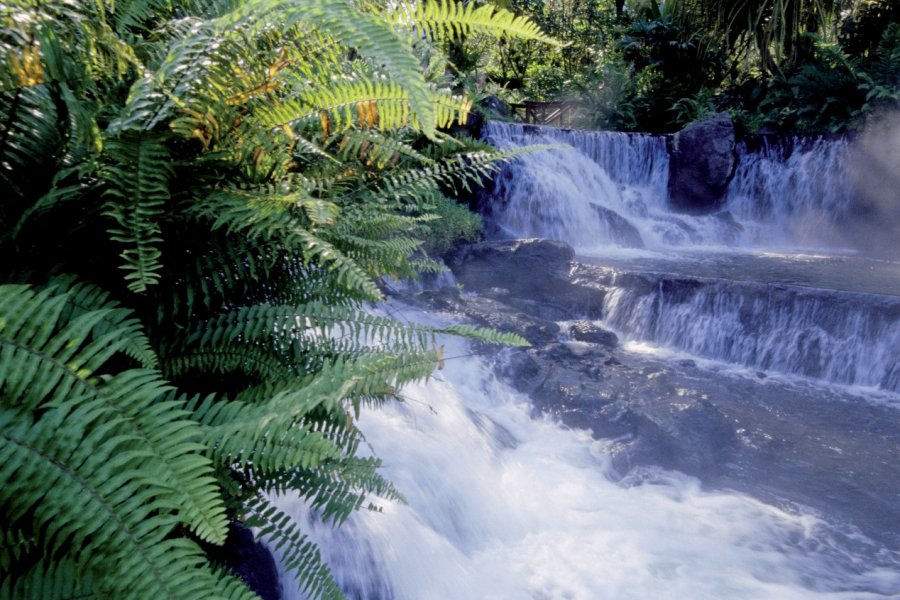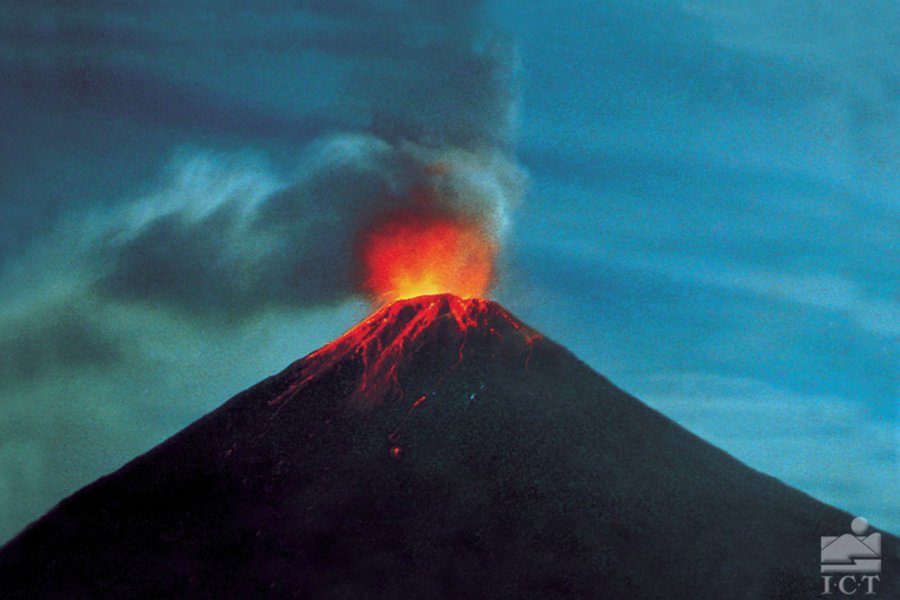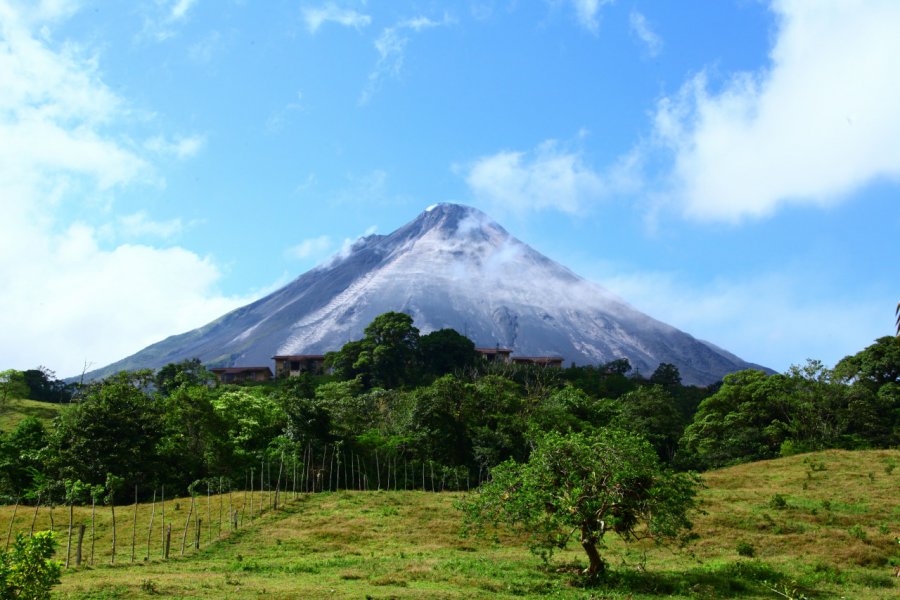Travel Guide Parque Nacional Volcán Arenal
Find an accommodation
Advertising
Arenal represents the volcano in all its perfection, both majestic and threatening. It is still young - since its first eruption was only 7,000 years ago - and its eruptions have not yet truncated its summit, but it is enough to get an idea of the prodigious strength of the monster, which manifested itself in earnest in 2002 with the collapse of a section of the crater. After 300 years of inactivity, people lived near this mountain emerging from the lush hills without thinking for a second that it could present a danger. But in 1968, a violent earthquake, followed by a major eruption, completely destroyed a village on the western slope. Following several accidents, visitors are no longer allowed to approach the crater or to undertake the climb. However, we no longer see the lava flows on the flanks of the volcano since 2010, nor the fumaroles, to the dismay of tourism professionals ... The summit, or even the entire volcano, is often hidden by clouds. On sunny days, tourists admire the view from La Fortuna or go to private reserves or visit the park with its many hiking trails, from which to observe the fauna and flora, but also ancient lava flows! It is possible to have a very good view of the volcano from the place called Parqueo Interior, where the vegetation disappears in favor of a layer of anthracite dust.
What to visit Parque Nacional Volcán Arenal?
Advertising
Suggested addresses Parque Nacional Volcán Arenal
Weather at the moment
Advertising
Organize your trip with our partners Parque Nacional Volcán Arenal
Transportation
Book your plane tickets
Car Rental
Boat rental
Accommodation & stays
Find a hotel
Holiday rental
Find your campsite
Tailor-made trip
Immersion travel
Services / On site
Activities & visits
Find a doctor














